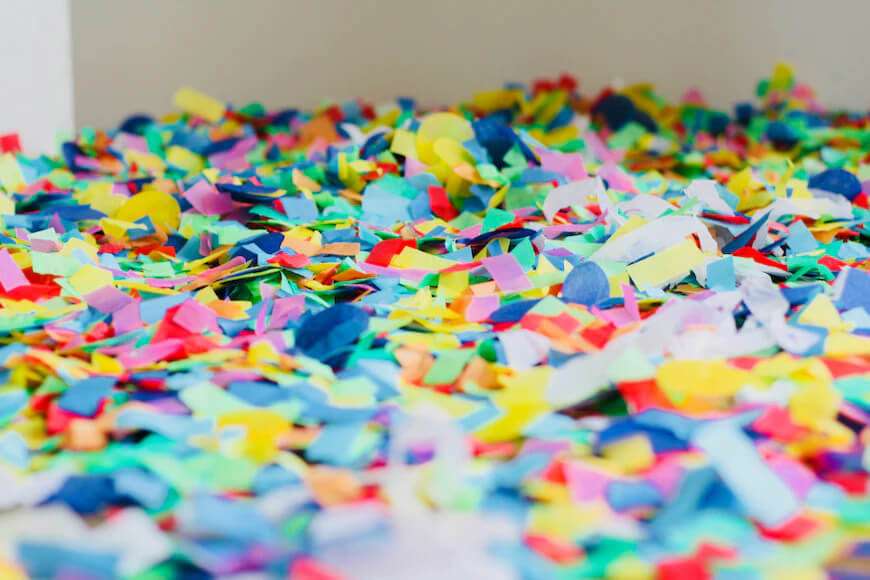By Jeroen Van Bauwel, Director Solution Design, Xeikon
Settling on the right web-to-print label solution defines the very foundations of your digital print output, but which setup is right for you and your business needs? Jeroen Van Bauwel, Director Solution Design at Xeikon, is on hand to shed clarity and share some of the essential B2B/B2C insights you need to know before even considering integrating a web-to-print setup.


















